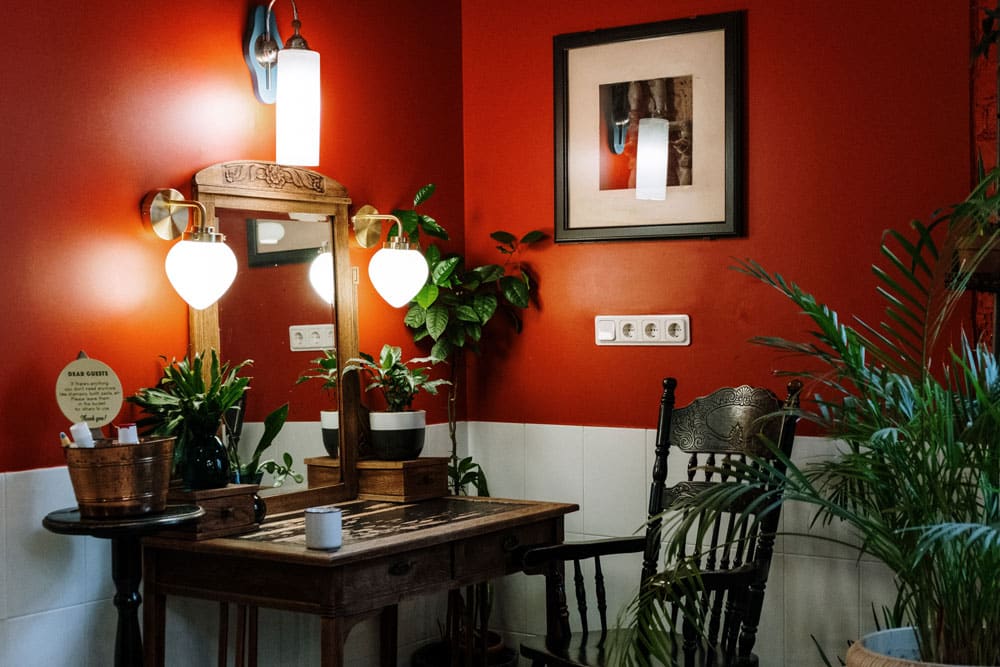Remote Working Cape Verde
A Digital Nomad's Guide
Every digital nomad needs a destination. Whether you’re searching for sandy beaches, cosy co working spaces, buzzing side-streets, or a quiet retreat, there’s a place out there for everyone.
A good remote working experience should be enjoyable and inspirational. From checking out local cultural events to getting your head down in a cosy café when the time to work strikes, remote working is a fine balance.
Located off the coast of West Africa, Cape Verde (known locally as Cabo Verde) is a hidden gem under the bright sun for remote workers, with a plethora of activities to do, new food to taste, views to see and areas to explore.
With the implementation of the Cape Verde remote working program making it easier than ever to enjoy the beautiful archipelago, few countries can boast such an easy process for digital nomads and remote workers to travel there.














